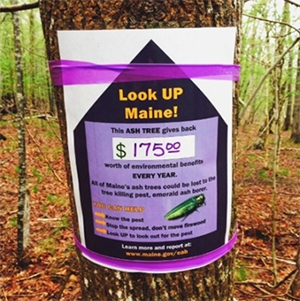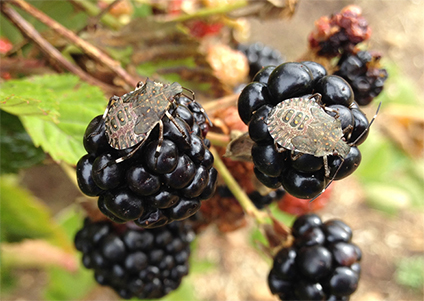Does Biodiversity Really Matter to Human Well-Being?
One of the pillars of the United Nations program in sustainability is the need to preserve terrestrial and aquatic biodiversity because intact ecosystems provide critical services to human societies. As a part of that program the UN established the Inter-Governmental Science-Policy Platform on Biodiversity and Ecosystem Services . This UN directorate has several functions, but a key component of their work is to assemble experts to produce periodic biodiversity assessment reports.
Julie Lockwood participated as a Lead Author on the Americas Assessment chapter titled "Direct and indirect drivers of change in biodiversity and nature's benefits to people in the context of different perspectives on quality of life." Dr. Lockwood contributed her expertise in biological invasions and their impacts within North America. The native biodiversity in the Americas makes a large contribution to human quality of life, making the threat of invasive species to native ecosystems of critical importance to maintaining these services.
The Americas Assessment, and those covering other regions, represent the collective knowledge of over 100 world biodiversity experts and thus represents a best-evidence document to guide policy and decision-makers. The America's assessment is set to be launched and approved in March of this year, with a comprehensive across-regions assessment due to launch in 2019. The regional and global efforts will produce the first global accounting of the state of biodiversity since the 2005 Millennium Ecosystem Assessment.

Biodiversity in North America provides a variety of critical ecosystem services to human society as illustrated here by an ash tree in the forests of Maine. The invasion of non-native species, including the emerald ash borer pictured here, threaten the production of these benefits by harming large numbers of species.

Other non-native species, such as the brown marmorated stinkbug pictured here, have a detrimental impact on agricultural production.
March 2018


